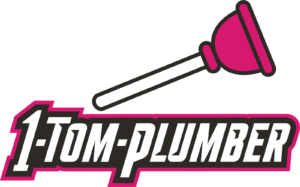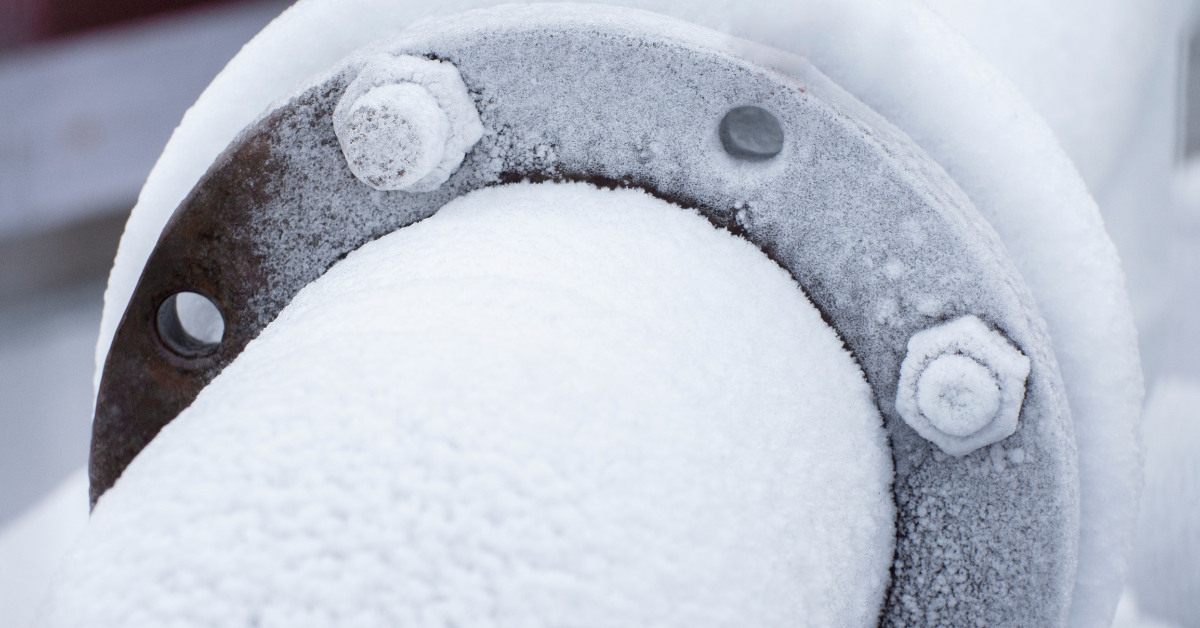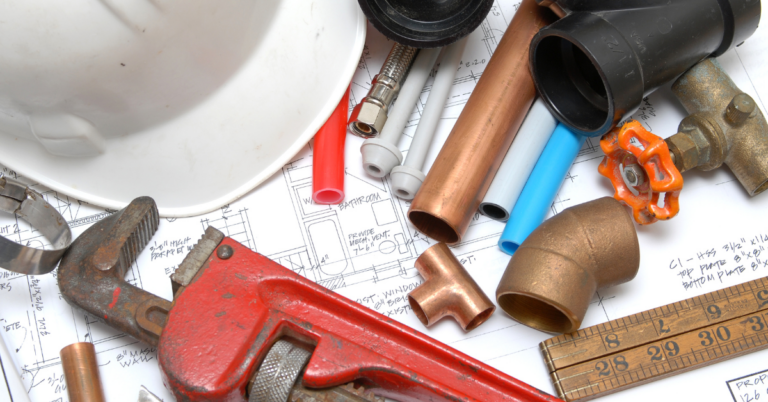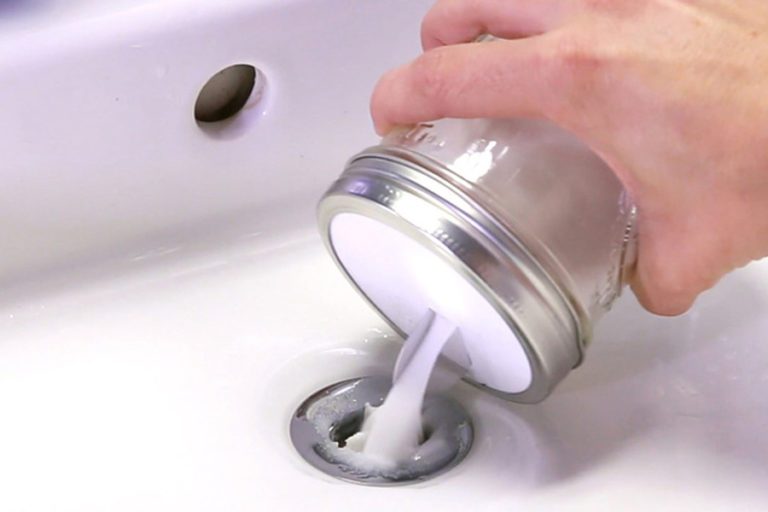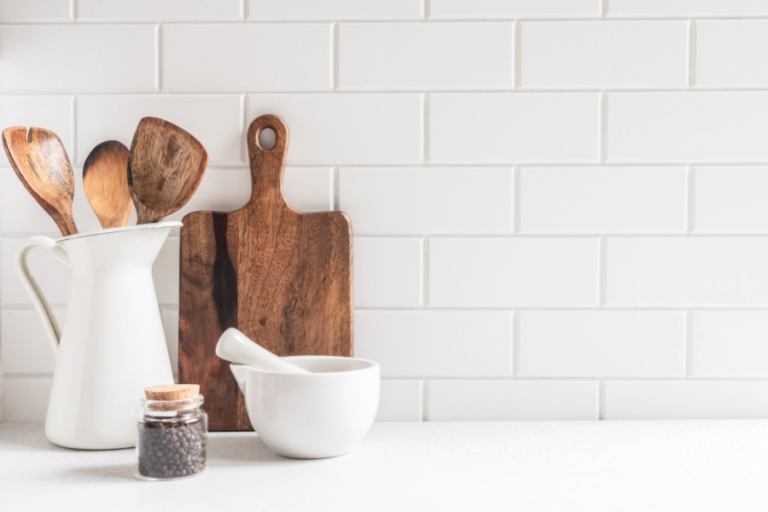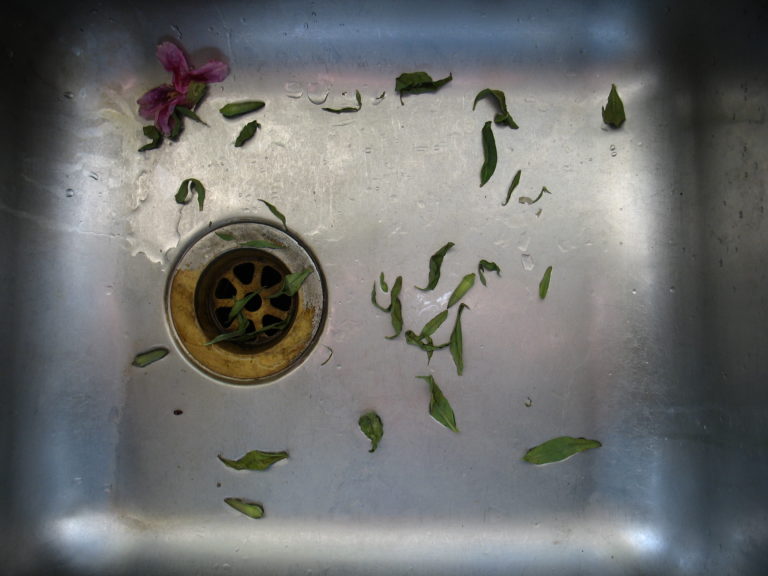Thawing Frozen Pipes
Winter is coming, and that means the possibility of frozen pipes is coming too. There are things you can do to prevent frozen pipes but, sometimes they just happen either way. A big freeze in your area can mitigate anything you may do. Thawing a pipe is something you may be able to do yourself or start on while you wait for your plumber to come.
First Step: Find the Freeze

The frozen pipe may first be noticed when water doesn’t come out of your faucet. However, it is important to know if it’s in just that line, one section of your home, or your whole home. The more of the home that is affected, the bigger the problem may be. If your whole home’s water is not coming out of the faucet there may be a problem with the main line.

To find the freeze, turn on each fixture (one at a time) and see if water flows through. If water does not come through, then it is likely that the pipe leading to that fixture has been frozen. Again, if no water is coming in then it is most likely that your main line has been frozen. At that point, it is best to call a plumber.
Second Step: Shut the Water Off
Before you do anything else, turn the water off at the main line. Your water main’s location depends on your home. It can look like a wheel or a lever. When your water is shut off, the next step is to drain every line in your home. To do that, turn on every sink, tub, and shower until the water goes away.
Third Step: Thaw Your Pipes

If your pipe is easily accessible, then you may be able to try to thaw your pipe. If it is not easily accessible, then it is time to call a plumber.
There are multiple ways that you can thaw your pipes. These range from everyday items in your home to things you may need to run to your local hardware store for. No matter what you choose, it is best to start on the side of the pipe that is closest to the nearest water outlet (kitchen or bathroom sink for example). This way whatever melts can exit through the nearest pipe.
What to Use to Thaw Your Pipes

As previously mentioned, there are a few different ways to thaw a frozen pipe. The first method is using a hair dryer. To do this on an exposed pipe, simply turn the hair dryer on its hottest and strongest setting and aim it at the pipe. Move the hair dryer around to evenly heat the ice. Make sure to keep it far from anything that could potentially cause fires or melt due to the heat of the dryer.
The second method involves hot water and towels. Again, this really only works on exposed pipes and in situations where not all of your pipes are frozen. To do this, lay towels over the frozen pipe and pour hot water over the towels to melt the ice. You may want to place more towels or something underneath to catch any dripping water.

The third option is to use an infrared light to melt pipes. This can work for defrosting pipes inside walls. To do this, set the light about 2 feet away from any wall to minimize fire risk and point at the area in the wall where the pipe is frozen.
Fourth Step: Run the Water and Check for Leaks

After the pipes have been thawed, the next step is to run water through the pipes. This is to make sure that water is flowing and to keep the pipes from refreezing. After the water has been running for a little while check around your home for any wet spots. The wet spots may indicate a leak from a crack in the pipe.
Fifth Step: Call a Plumber

Your first step very well may be to call a plumber, however, we advise that you call one after you thaw the pipe. They can check for leaks, cracks, or any other frozen pipes. They may be able to help stop any water damage before it sets in.
Final Thoughts
A frozen pipe can eventually burst so it is important to take care of any you find immediately. These tips can take care of the issue right away or help start the process while you wait on your plumber. There are a few things you can do to prevent frozen pipes keep water running in your faucets, keep your heat on when you are away, and insulate your pipes. All of those can save you from expensive pipe burst repairs.
Call 1-Tom-Plumber
Don’t hesitate to contact us here or call us at 1-Tom-Plumber (1-866-758-6237). We will immediately handle any emergency plumbing, drain cleaning and drain clearing, and water damage problem, including excavation of underground water lines and sewer main lines.
